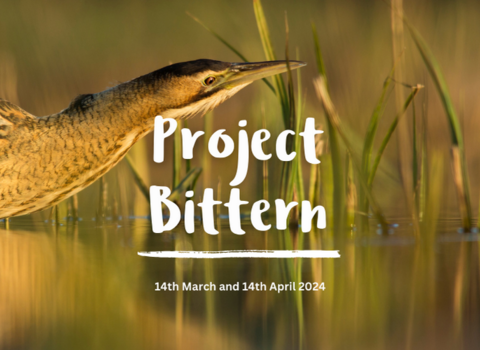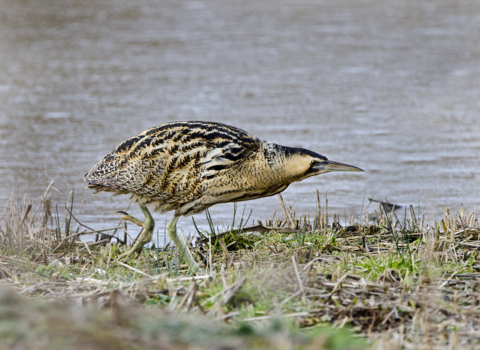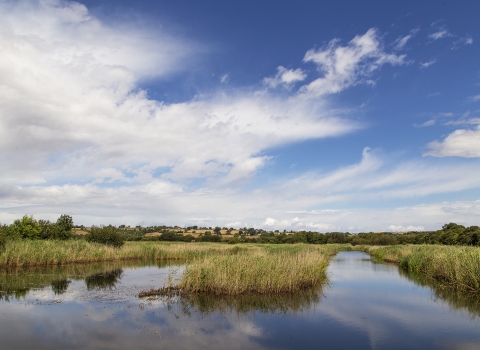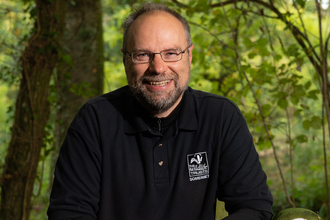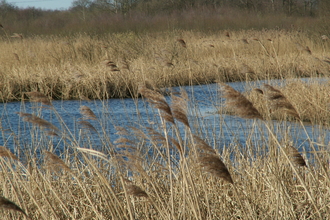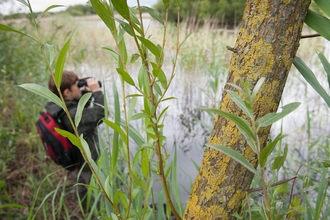What is it all about?
The shy and retiring bittern is a master of blending in and can be very difficult to spot in its reedbed home. It does sound like a booming foghorn, however, when it calls, so can often be heard if it cannot be seen. Bitterns have been recorded on Somerset Wildlife Trust reserves for the past 10 years, and their numbers have been growing year on year.
We're interested in finding out if the bitterns have spread out from the Somerset Levels and Moors, and if so, where they're going! Sign up to iNaturalist and join us surveying for booming bitterns between 14th March and 14th April 2024.
Although Bitterns do boom at any time of the day, the best times to hear them are in the two hours around dawn and at dusk.
Get to know bitterns
A rare and shy heron, the bittern spends almost all its time hidden away in large reedbeds, where it feeds on eels and other fish. It has wonderfully camouflaged plumage, helping it to blend into the reeds. It can also stand motionless for long periods to avoid detection. The bittern is very well camouflaged, with pale brown plumage, streaked with beige and black markings. Read more about bittern and where you can spot (or hear) them below.

